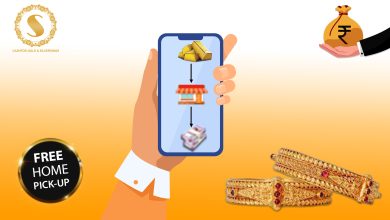Guide on how to sell on Amazon – Sellers Guide

Are you a seller looking to sell on Amazon? Are you frustrated by the results of selling your products online but not getting what you want? You must be asking yourself one question: How to Sell on Amazon? Relax and you will learn everything you need to revitalize your selling experience.
How to sell on Amazon?
First, register with Amazon to get your Amazon Seller Account
Registering with Amazon Seller Account is the first step to selling on Amazon. After you have registered, you will receive the details of your Amazon Seller Account which you can use later.
2nd Step – UPC & Brand Registry
You must provide the UPC (Universal Product Code), if you are selling a new or unique product. You can request UPC exemption if the UPC is not available for your product.
If the sellers have their own brand they can register the products under the Mark Registry. This is done to eliminate the possibility of brand infringement.
3 – Listing the Product(s).
How do I list my products on Amazon? This step is very easy and can be troubling if you are not sure.
There are four ways for a seller to list a product.
- Scan of products to list: A seller can scan the barcodes of any product(s), if they are using the Amazon Seller App. The seller can match the product with an existing product if the barcode is already on Amazon. After this is done, the seller can simply add the details to the product. This method allows sellers to list products by downloading the Amazon Seller App from the Google Play Store or the iOS App Store.
- If a seller lists a product that is already on Amazon.com, Amazon allows sellers to map their products to those existing listings. This is done to prevent the product being listed multiple times. The seller can list the products in this manner by simply adding details like price, quantity, and shipping method. If the product has not been listed before, the seller may create a new product detail page.
- A seller can do this by clicking on Prepare Your List and then adding a product from Amazon Seller Central. The sellers then have four options to list their products on Amazon.
D.Custom Inventory Template: A seller can upload multiple products by using this template, provided that the template has the minimum attributes. This template is extremely helpful, especially when a seller has a large number of products to upload. Each product detail can be gathered by a seller in one template.
Sellers can upload their products from any device, whether they are using an App or a desktop.
Sellers may contact Amazon Service Provider Network for assistance in listing their products.
4 – Configuration Of Shipping Options
Sellers can choose the shipping method that suits their needs. Amazon offers the following shipping options:
Self-ship:The seller can manage the entire shipping process by choosing this option. This means that the seller can handle all aspects of shipping, including packing and delivery.
Easy Ship: If this option is chosen, the seller will need to pack the product and get it ready for delivery. Amazon will then pick up the package and deliver it to you.
Fulfilled by Amazon or FBA In this case, Amazon will stock the product. Amazon will only pack and ship the product ordered when it is received by the buyer. This shipment method will be discussed in the blog later.
Amazon Seller Flex: Amazon Seller Flex Program is useful for sellers who have a lot of inventory and need Amazon’s assistance to manage their warehouse. Amazon executives assist sellers in the same manner as they do with FBA. They store products and pack and deliver the product when it is ordered.
5: Account setup and Requirements of Bank Details
Next, and most importantly, you need to update your bank details. The seller must set up the account details, such as customer service contact and invoice address.
After you have completed this step, Amazon will make sure that your account is credited promptly with the payment.
Read More : How to Automate Your Amazon PPC Campaigns





